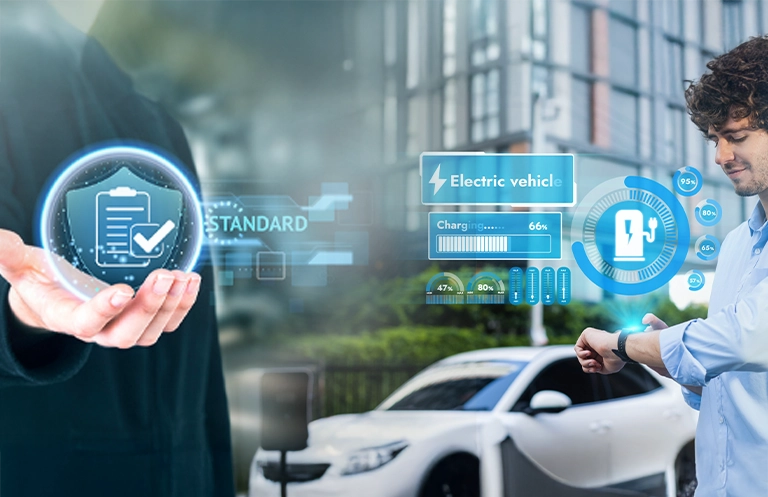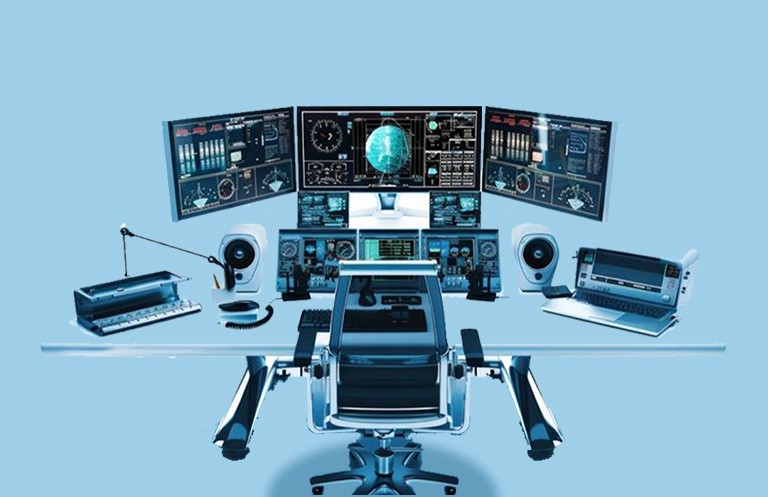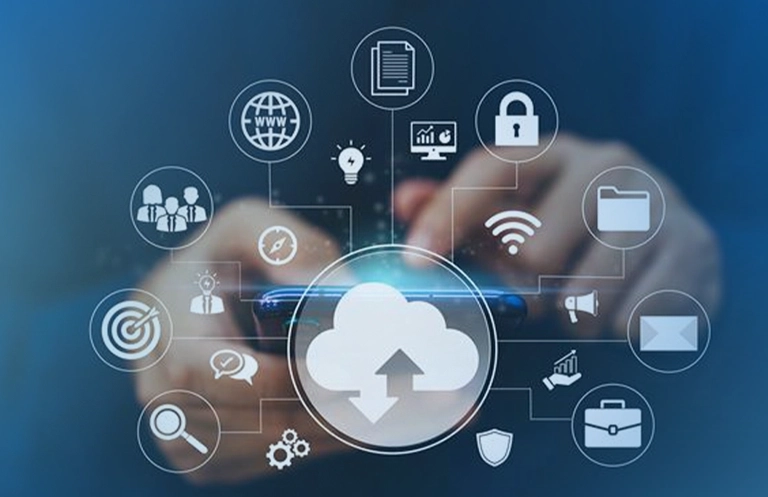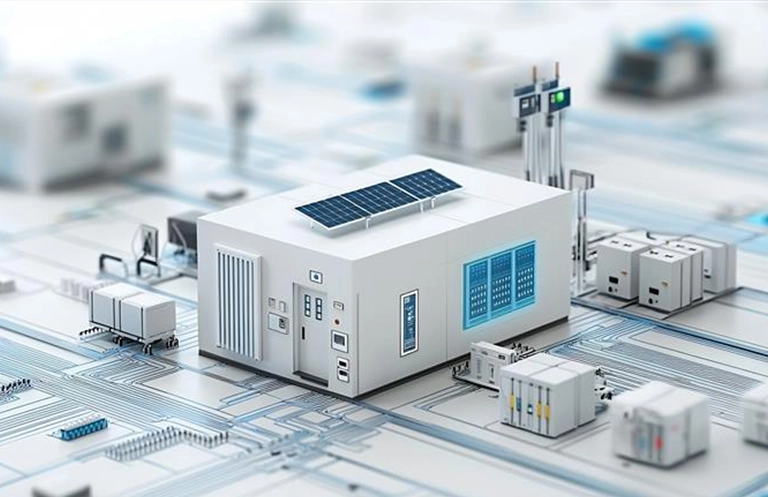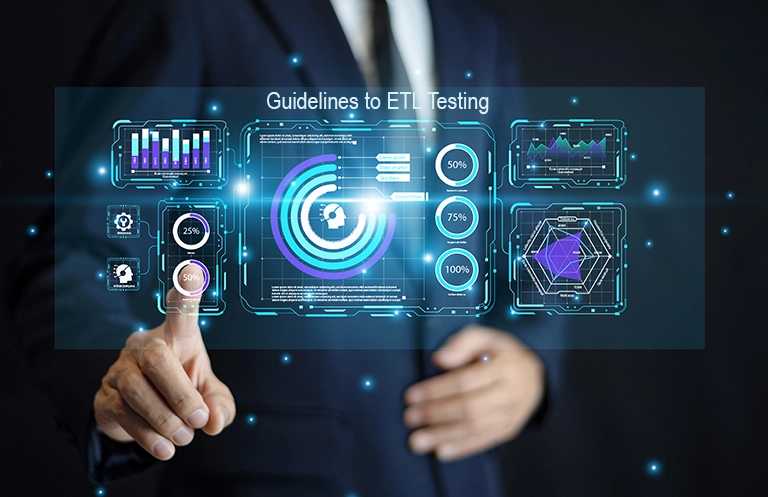The market for smart consumer electronics has expanded over the last few years and is expected to reach approximately USD 1,787 billion in 2024 owing to evolving consumer experiences and changing lifestyle preferences. For example, consumers now prefer to wear their earphones as a style statement and expect user-friendly functionality and operability as a matter of course. Wireless connectivity to a plethora of devices and applications is another primary driver for the growing demand of connected smart consumer electronics.
Quality engineering plays an important role in delivering novel, seamless experiences through connected consumer electronics, ultimately affecting the revenue, market share and growth of a company. Let us look at some of the top priorities for consumer electronics testing in today’s digital world.
1. Cloud testing
Modern consumer electronics have an energy efficient design, which is made possible in part by effective data processing and speedy data transport networks. Cloud computing platforms are the right choice to design these innovative products along with operations optimization, offering performance, availability and scalability. Testing and monitoring of these cloud operations, cloud-based distributed applications, and data processing in the cloud are essential to drive efficiencies along the entire product development lifecycle.
Most of the integration with partner devices like wireless speakers, smart cameras integrated with Alexa or Google Home happens over the cloud, and it is based on a microservices architecture. In such a scenario, testing cloud-based microservices in AWS, Azure or other platforms is necessary.
2. Unified Test automation framework for smart products and connected mobile apps
Consumer electronics testing involves quality assurance across multiple variants of the same product. The product, again, is connected with various mobile or hybrid applications running on different operating systems. API automation is also one of the components essential for partner integration and development of large scale distributed systems over which smart products are developed.
RELATED BLOG
A unified test automation framework developed with open source technologies like Python, JavaScript, Appium, Selenium, Ruby, etc. offers automation coverage across the entire ecosystem, delivering operational cost and effort savings across the product value chain.
3. DevOps
Consumer electronics makers face the challenge of shrinking product life cycles. New versions of the same product are launched every few months in the market to stay competitive. In such a scenario, DevOps accelerates the time to market by orchestrating continuous integration and continuous deployment (CI/CD) pipeline with various tools like Ansible, Bamboo, Jenkins, etc. and test environment automation with Docker, Kubernetes, etc.
DevOps tightly integrates the smart electronics hardware, firmware, software, cloud, and QA operations and development teams. DevOps practices tied to data driven metrics across all phases of product development lifecycle – including code quality, deployment time, test cycle time, uptime, etc. – further drive business agility.
4. AI/Machine learning based testing
Consumer electronics test operations now use opbots, chatbots and robotic process automation to derive operational efficiencies. Cognitive QA and machine learning based testing processes provide data inputs to the testing process, anticipating bugs early in the product development lifecycle, leading to high product quality. Machine learning based quality assurance process reduces cost of rework by identifying redundancies. It also contributes in new feature development and user experience enhancement by analyzing the most critical user issues.
DOWNLOAD CASE STUDY
Continuous Test Automation and Monitoring of Bluetooth and Wireless Speakers
In addition, the test data for smart electronics is analyzed to provide superior customer service by monitoring and troubleshooting product status, product failures, and other critical aspects. For example, a Bluetooth speaker can be continuously monitored to check if it is working and responding to voice commands when integrated with voice assistants. This test data is also fed into a machine learning model to predict failures and improve customer service along with analyzing consumer preferences. Leveraging IoT Testing Services can facilitate thorough testing and data analysis, ensuring enhanced performance and customer satisfaction.
5. SDET – software developer in test/software engineer in test
Quality assurance directly impacts revenue across the product development lifecycle. During the introduction and growth phase of a new consumer electronic product in the market, the quality teams focus more on reducing cost of quality and cost of rework. These can be achieved with better test effectiveness. After the product has matured, the focus shifts to higher productivity and rapid innovation to stay competitive in the market. This can be achieved through higher test efficiency and throughput.
A SDET (software developer in Test/Software engineer in Test) champions quality and shift left development and testing approach throughout the product development process. This approach directly impacts the test efficiency and test effectiveness as SDETs encourage end-to-end test automation across all aspects like functional, performance, load testing, etc. – while focusing on basic test metrics like code quality and source code reviews.
Consumer electronics companies today are embracing all of the above trends to provide superior and innovative products to the consumer at a rapid pace. At eInfochips, we provide services and solutions to address all the above priorities through our comprehensive QA and test automation services. We have more than two decades of experience in QA and testing with expertise in risk-based QA approach and integrated product testing.


